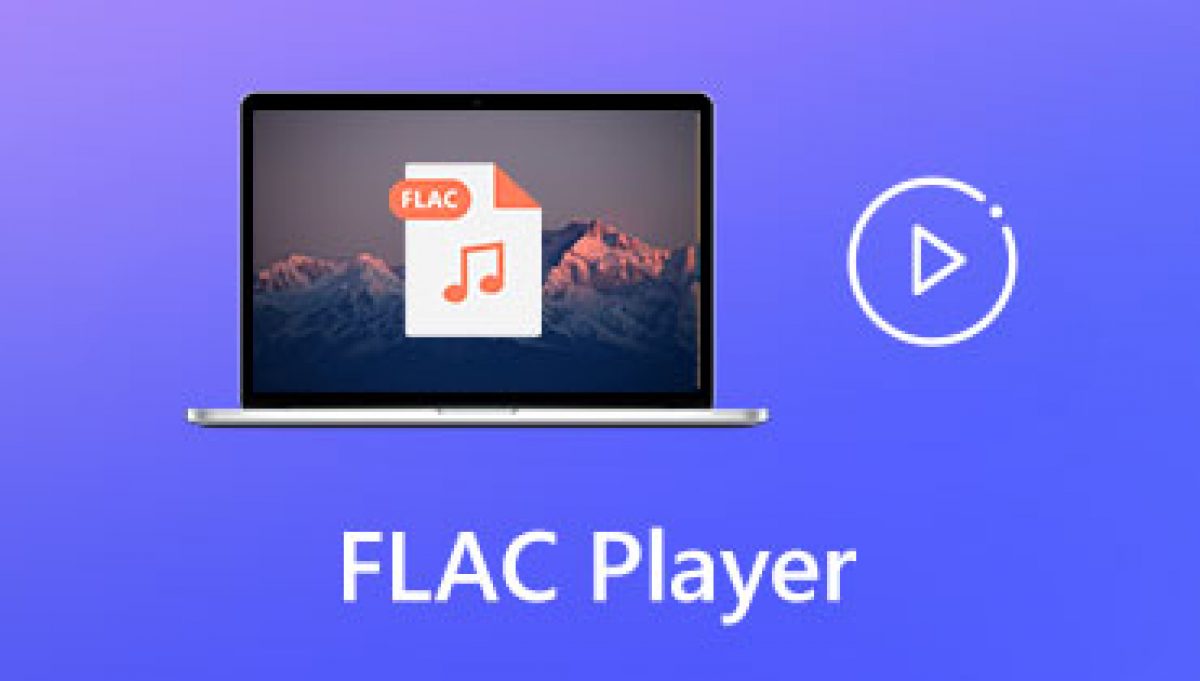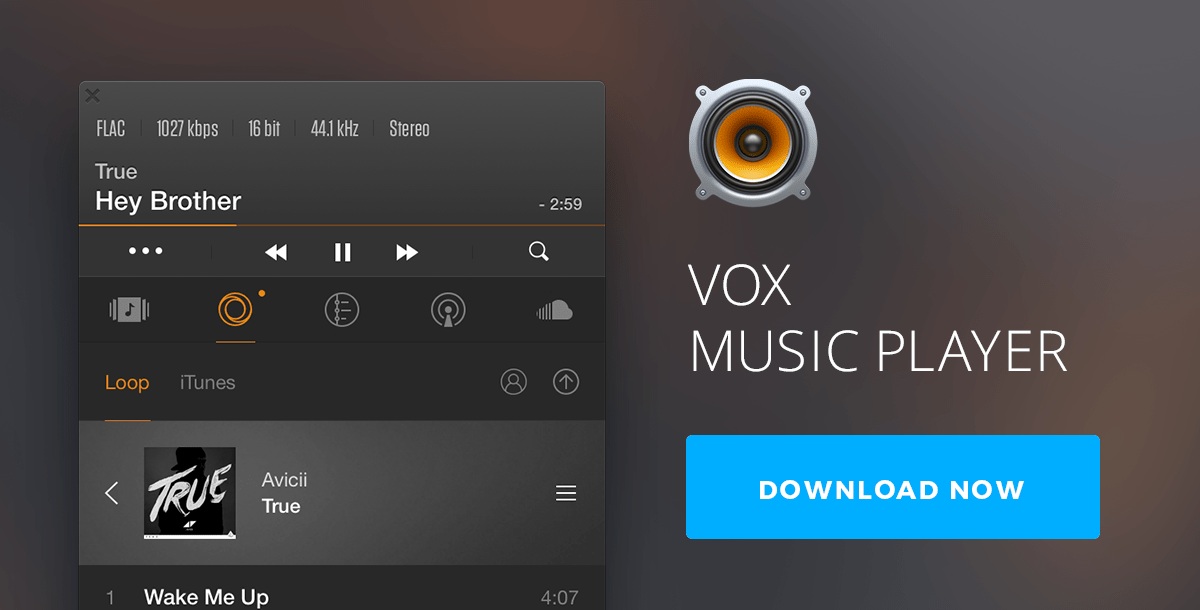

But before I ever consider all the work that entails, the files I work from will have to be a majority of 24-bit/196 khz sourced, or all that effort is wasted. Unless Apple gets on-board with the times, I will eventuall migrate to the higher resolution format. encode it at 24-bit 196khz but it won't sound any better than the 16-bit 44.1 khz source file it came from.īottom line: I beleive FLAC is the wave of the future, but I am currently Apple based (MAC + iPod).

While you can take a standard CD and encode it FLAC, but you won't get any higher resolution than where you started from. FLAC only matters if the source files are orginally higher resolution than the CD "standard" of 16 bit/44.1 khz and you have both the application and the playback system that handle FLAC.įLAC is DVD audio/SACD/Blu-ray quality, but the soucre files have to have been high resolution to start with.

#Flac 24 player for mac download
Shame on Apple.Īlmost all the new high resolution download services offer both FLAC and ALAC as an option. So I'm keeping an open mind for the future.įLAC can handle resolutions from 16 bit at 44.1 khz & 96 khz, 20 bits 44.1 (HDHC) & 96khz, all the way to 24 bits 196 khz, (SACD, DVD audio & Blu-Ray) it is compatible with almost every hi-end format except for iTunes. I have been using it this way for many years, and I've been happy, but new higher resolution formats (FLAC) are here and are much more widly accepted. If the sytem path you currently own will accept the iTunes app and that is all you intend to use it for, you are good-to-go. Converting between the two is also pretty straightforward so this isn't the $64k question it once was.Īpple losless is proprietory (but not limited) to Apple, ALAC is limited to 16 bits 44.1 khz. Otherwise I think most all replay environments support both and so it is probably moot. ITunes (vanilla) still doesn't support FLAC and I'm guessing that WMP (still) doesn't support ALAC.
#Flac 24 player for mac code
IIRC ALAC has some specific features to support Airplay streaming, but as far as substantive differences go that's about it.Īpple placed ALAC in the public domain under the Apache license a couple years ago (although not before a bunch of folks had spent a lot fo time and effort reverse engineering it), so now presumably all 3rd party devices are using encoders and decoders are based on the Apple source rather than the Hammerton/Brocious code (which still had some bugs in the hi rez code paths when I tuned out a few years ago). Both achieve a similar end by very similar means and there are absolutely no quality pros or cons that I am aware of. From a technical perspective there is really nothing to choose between FLAC and ALAC.


 0 kommentar(er)
0 kommentar(er)
